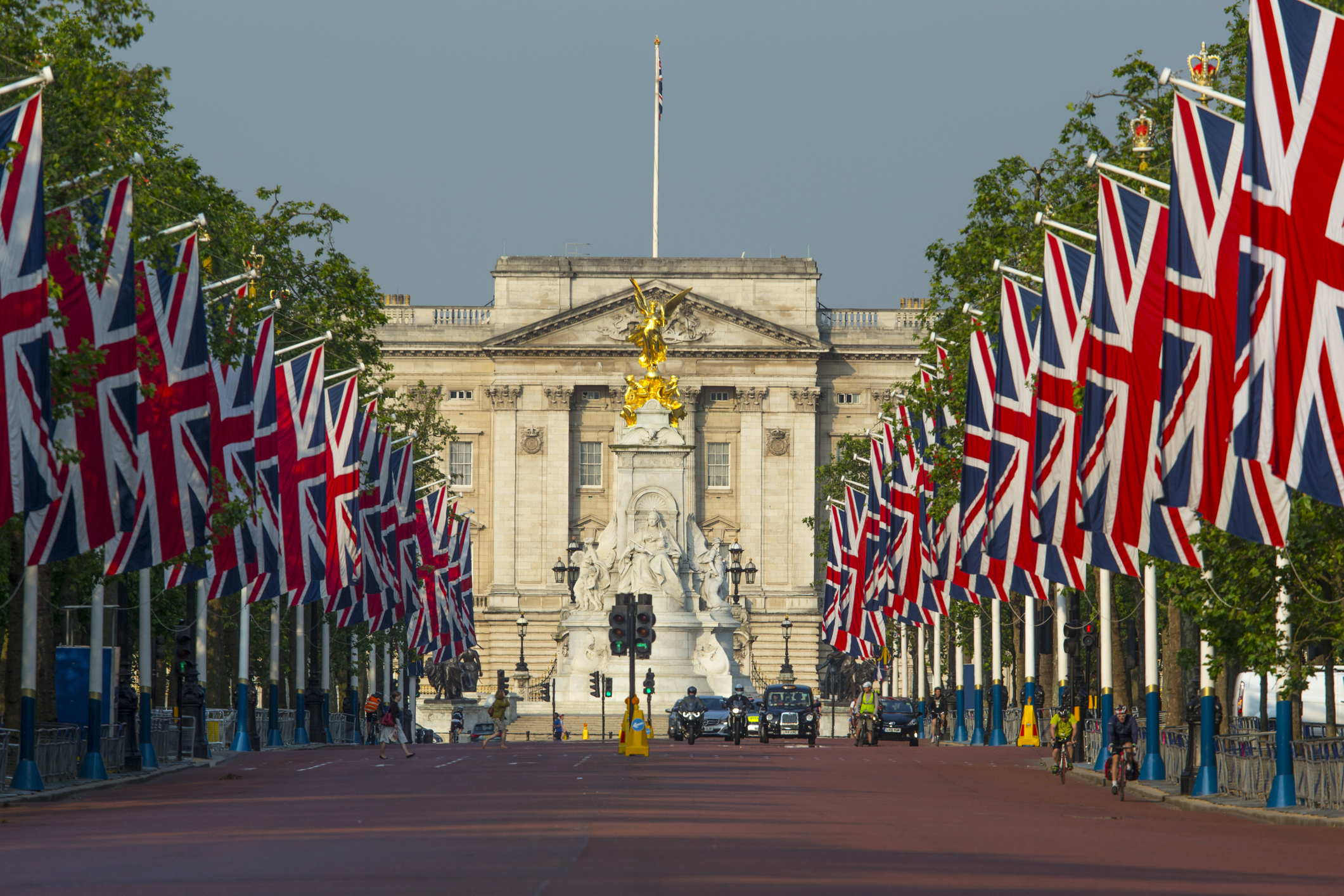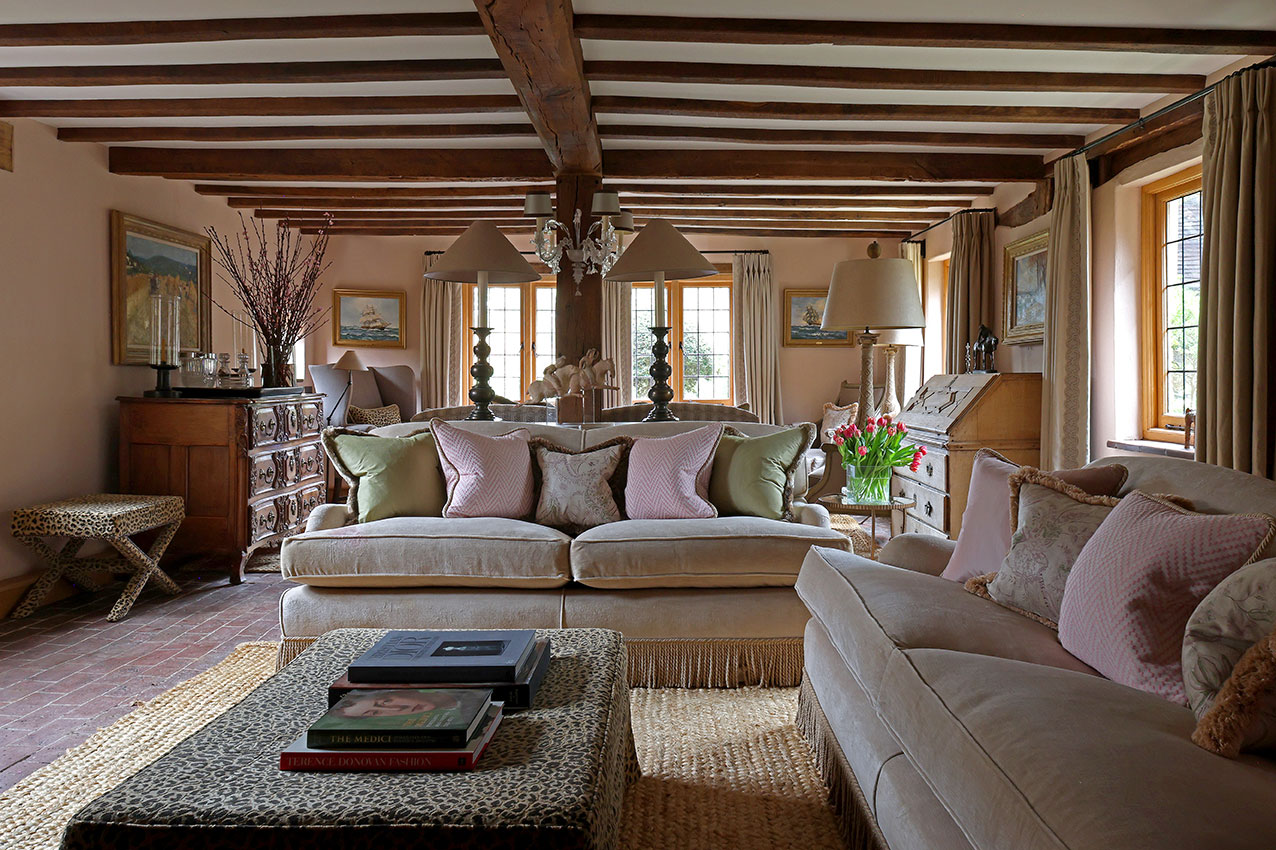Town mouse's London: Buckingham Street, WC2
Just north of the City of London lies Bunhill Fields, an extraordinary site which evokes the complicated history of the city, and provides a resting place for some well-known names
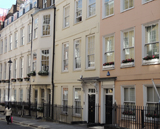

How many of the thousands of people making their along the Strand each day ever find their way in Buckingham Street? It heads from John Adam Street down what used to be a bluff, to the old waterfront of the river Thames.
Not only is it a peaceful retreat, but many of the brick houses that line it date back to the late 17th century. I love the glimpse that it gives of a time before this part of London had been overtaken by commercial development, little of which can be said to have charm.
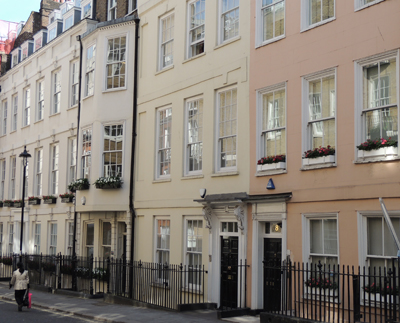
The developer was Nicholas Barbon. An indication of the religious temper of his background can be judged from his middle name, Unless-Jesus-Christ-Had-Died-For-Thee-Thou-Hadst-Been-Damned - a development of his father's Christian name of Praisegod.
Praisegod Barbon was a leather merchant and politician, after whom the brief ‘Barebone' Parliament of 1653 was named. Unlike his father, Nicholas Barbon lived opulent, having developed a number of mechanisms to help London recover from the Great Fire of London, including fire insurance, mortgages and house building.
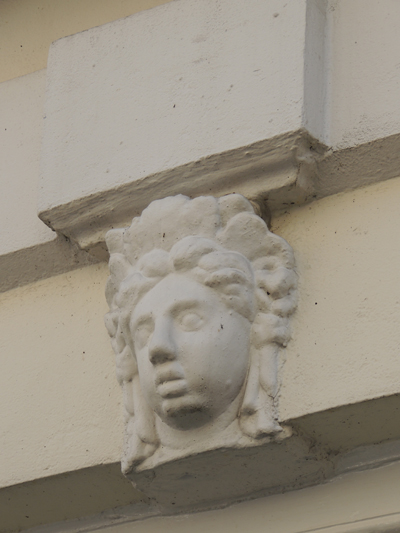
Like house builders and speculators in other ages, he was an adventurer with nerves of steel and a complete disregard for the opinions of his contemporaries - one of whom wrote that ‘he would be called rogue, knave, damned Barbon, or anything, without being moved.' He did, however, get things done, ‘being surpassed only by Nash in his influence on the appearance of London,' according to Peter Ackroyd.
One of his projects was to build out George Street, Villiers Street, Duke Street, Buckingham Street and Of Alley (remembering George Villiers, Duke of Buckingham, whose London palace was demolished to make way for them); they were collectively known as York Buildings.
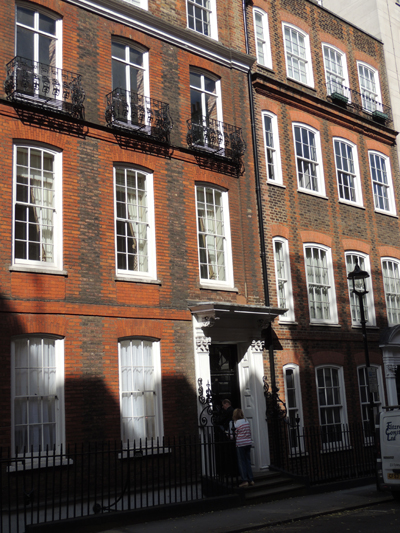
For a winter, the diarist John Evelyn took a house there; as did Samuel Pepys, living for many years in some state in Buckingham Street. ‘I know that next to the King's business you have full employment in furnishing your new house,' his friend James Houblon wrote to him.
Sign up for the Country Life Newsletter
Exquisite houses, the beauty of Nature, and how to get the most from your life, straight to your inbox.
As the Survey of London (volume XVIII) found in 1937, a surprising amount of the original 17th century work survives inside the Buckingham Street houses. Perhaps the business there could organise an open day?
* Subscribe to Country Life and save
* Follow Country Life on Twitter
* Follow Clive on Twitter
Country Life is unlike any other magazine: the only glossy weekly on the newsstand and the only magazine that has been guest-edited by HRH The King not once, but twice. It is a celebration of modern rural life and all its diverse joys and pleasures — that was first published in Queen Victoria's Diamond Jubilee year. Our eclectic mixture of witty and informative content — from the most up-to-date property news and commentary and a coveted glimpse inside some of the UK's best houses and gardens, to gardening, the arts and interior design, written by experts in their field — still cannot be found in print or online, anywhere else.
